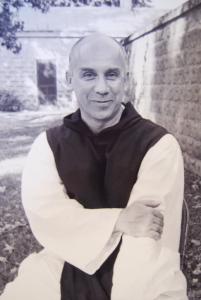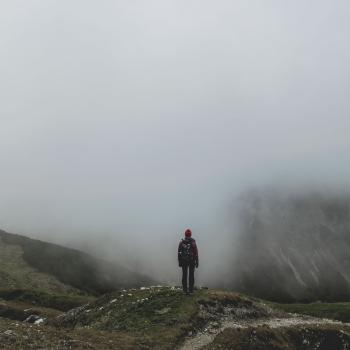
In 2014, I joined a political campaign as a volunteer and committed to spending my weeknights and weekends to doorknocking, asking for money, and placing yard signs all over the central district of Seattle.
It was awesome.
There was so much energy throughout the campaign, a hodgepodge of young 20-40 year olds running around with a sense of righteous purpose. Everything we did had an air of intensity because we all believed this one election could change everything. (And for those who know Seattle well, it certainly changed a lot of things here.)
But in the aftermath of it, when all was said and done and the celebrating was over, I sank back into the reality that my body was exhausted. My mental and emotional health had been placed on the back-burner for months and I was tired.
And moreso: I came to a realization that my spirituality and my activism were entirely disconnected. I had been compartmentalizing my spirituality to the point that it didn’t have any real-world meaning while my politics were, in some ways, diametrically opposed to the worldview growing within me in the quiet spaces of my life.
While out knocking on doors, I had fully given myself to the dualistic nature of politics. There was a clear winner and loser, a good side and a bad side, and an “other” who must be stopped.
And then in the evenings, I would sit in meditation with a small group of friends and experience practices that led me to connectedness, woundedness, and solidarity.
I was living a fragmented life.

The Spring and the Stream
As I was processing this disconnected experience, I stumbled upon the teachings of a Christian mystic named Thomas Merton.
He tells this parable:
In each of us is a spring, an inner body of living water that we may tend to through prayer and reflection. (I would add a few others, including walking in nature.) He calls this the spring of contemplation; it’s the spring of our inner life.
And from it comes a stream, a stream of action: our way of walking in the world. He says as long as the waters of the spring are living and flowing, the stream flows outward too and our actions come from a rooted, spiritually engaged space. There is a connection between our inner life and outer life.
But he also says, if the stream isn’t connected to the spring, our inner spring becomes only a stagnant pool. In other words, if we aren’t active in the world, or if our actions are disconnected from our inner life, our spirituality means little; it becomes nothing but our own personal salvation project.
And if the spring itself isn’t tended to, the stream will then dry up, our actions will become arid and barren, simply a list of to-dos in the face of the overwhelming injustices of the world.
There is a necessary integrity needed in each of us between contemplation and action – inner life and outer life.
For me during this time of my life, my inner spring and outer stream had become disconnected and there was a sense of discomfort in that separation. As I sat in meditation more and more, I recognized the new stream forming from my spring looked different than what I was doing in the world.
Just as any healthy spirituality does, this new sense of the Divine forming within me was gently demanding I change how I was walking in the world.
How does your spirituality gently demand changes in how you walk in the world?
How often are you aware of those demands?
How do you respond to them?













